Why Mobile App Funding Is Crucial in 2025
In today’s saturated app market, success hinges less on creativity and more on capital. An estimated 83% of mobile apps fail within three years, primarily due to funding shortfalls and financial mismanagement, not poor ideas.
With the global mobile app market projected to reach $614 billion by 2026, understanding and executing the right funding strategy can make or break your product’s success.
Top Developer Funding Challenges in 2024
Before diving into strategies, know what you’re up against:
Budget Overruns: 68% of mobile app projects exceed their original budget by at least 50%.
Investor Skepticism: Only about 1% of startups secure venture capital funding.
Equity Pitfalls: Many founders give away too much too early, losing control of their vision.
7 Proven Strategies to Fund Your Mobile App
1. Bootstrapping: Build from the Ground Up
✅ Pros:
Maintain full control and ownership.
No dilution or investor pressure.
❌ Cons:
Limited budget restricts scalability.
Personal financial risk is high.
Case Study:
WhatsApp’s founders funded their MVP by selling personal assets and working part-time jobs. Years later, it was acquired by Meta for $19 billion.
Actionable Tip:
Use tools like QuickBooks or Wave to manage expenses. Focus on MVP features to conserve resources and validate product-market fit.
2. Crowdfunding: Market Validation + Capital
Crowdfunding doubles as a product validator and funding source. You get both early adopters and feedback before launch.
🔥 Best Platforms:
Kickstarter: All-or-nothing funding (creates urgency).
Indiegogo: Flexible funding (you keep what you raise).
🧠 Success Formula:
Build a pre-launch email list of 1,000+ subscribers.
Offer tiered rewards (e.g., $25 for early access, $500 for exclusive co-design participation).
Create a compelling campaign video and demo walkthrough.
Case Study:
Oculus VR raised $2.4 million on Kickstarter, later acquired by Facebook for $2 billion.
3. Angel Investors: Smart Money with Mentorship
Angel investors are often former founders or executives who bring more than capital—they bring experience and networks.
💰 Average Investment:
$25,000 to $500,000
📉 Equity Expectation:
15–30% depending on stage and valuation.
Tools to Use:
Carta for modeling equity dilution.
AngelList to discover active angel investors by niche.
Pro Tip:
Target angels aligned with your vertical. For example, if you’re building a fitness app, seek angels from health tech networks like Mayo Clinic or Peloton.
4. Venture Capital: Fuel for High-Growth Apps
VC is ideal if your app is showing 10%+ monthly growth in users or revenue. Expect rigorous due diligence.
✅ What VCs Look For:
Clear exit potential (acquisition or IPO).
TAM validation (use Statista, Gartner, or CB Insights).
Solid traction (user base, revenue, retention).
Case Study:
Uber secured an $11 million Series A from Benchmark Capital, which propelled it from SF startup to global titan.
5. Grants: Free Capital with No Equity Loss
Grants are non-dilutive and perfect for R&D, innovation, and early-stage prototypes—especially in health, education, and sustainability sectors.
🏆 Top 2024 Grant Opportunities:
SBIR/STTR (USA): $150,000–$2 million for tech innovation.
Google for Startups: Up to $200K in cloud credits + equity-free funding.
MIT Sandbox Innovation Fund: For student-founded startups.
Avoid This Mistake:
43% of grants are revoked due to compliance errors. Hire a grant writer or use platforms like Grantable to boost approval chances by 70%.
6. Corporate Partnerships: Resources + Distribution
Co-developing or distributing your app through a larger partner can unlock capital, marketing support, and instant user bases.
🎯 Example:
Spotify partnered with Samsung to pre-install its app on over 100 million devices.
🚩 Risk:
IP rights and control. Always use legal counsel and airtight NDAs.
7. Hybrid Models: Mix for Flexibility
The smartest founders often combine 2–3 funding models to balance control, speed, and scale.
🔄 Example Strategy:
Start with bootstrapping for MVP.
Crowdfund for early adoption and revenue.
Apply for grants to fund R&D.
Case Study:
Canva used Australian government grants to fund early development and revenue-based financing for marketing. Today, it’s worth over $40 billion.
Advanced Funding Tactics for 2025
🚀 How to Build a Winning Pitch Deck
Problem Slide:
Back it with real data (e.g., “63% of remote workers say distractions reduce productivity”).Solution Slide:
Include a short demo or prototype link (Figma, InVision).Market Size Slide:
Present TAM, SAM, SOM. Use PitchBook for competitor benchmarking.Financials Slide:
Include 3-year projections with best- and worst-case models.
🤖 Use AI-Powered Funding Tools
Zapier + Apollo.io: Automate investor outreach sequences.
Crunchbase Pro: Discover VCs who invested in similar apps (e.g., Calm, Headspace).
Harmonic.ai: AI-generated warm intros to pre-qualified investors.
Funding Trends to Watch (2025–2026)
Blockchain Crowdfunding: Raise funds by tokenizing equity via platforms like Polkadot, Solana, or Republic.
Regulatory Changes: Expect tighter compliance for equity crowdfunding under SEC’s Reg CF. Stay informed via Crowdfund Insider.
FAQs: Your Top Funding Questions Answered
1. How much equity should I give away in seed funding?
Limit it to 10–25%. Use SAFE agreements to delay valuation and reduce early dilution.
2. Can I raise funding without a fully built MVP?
Yes, but having a Figma/InVision prototype increases your chances by 3x.
3. What’s the biggest mistake founders make with grants?
Not complying with reporting/audit requirements. 38% of grants are revoked for non-compliance.
Your 2025 App Funding Roadmap
✅ Step-by-Step
Validate Your Idea:
Use Google Trends, SurveyMonkey, and customer interviews.Choose the Right Funding Mix:
Align with your app’s current stage—MVP → Traction → Scaling.Track Key Metrics:
Investors love numbers:CAC (Customer Acquisition Cost)
LTV (Lifetime Value)
Churn Rate
DAU/MAU Ratios
Build Investor Trust Through Transparency:
Buffer publicly shared its equity structure and raised $3.5 million.
Resources to Explore
Crowdfunding Help: Kickstarter Creator Handbook
Investor Research Tools: Crunchbase Pro, PitchBook
Financial Tools: Wave, QuickBooks, Carta, Slidebean
Final Thought: The Capital Is There. Go Get It.
In 2025, there’s more capital available than ever for ambitious founders. But capital only flows where there’s clarity, traction, and trust. Leverage the strategies, tools, and case studies in this guide to fund smarter—and scale faster.
🚀 Ready to Elevate Your App?
Book a free 30-minute design consultation and get:
- A personalized creative strategy.
- 15% off your first design sprint.
- 👉 [Claim Your Free Session]
We help you see the world differently, discover opportunities you may never have imagined.




